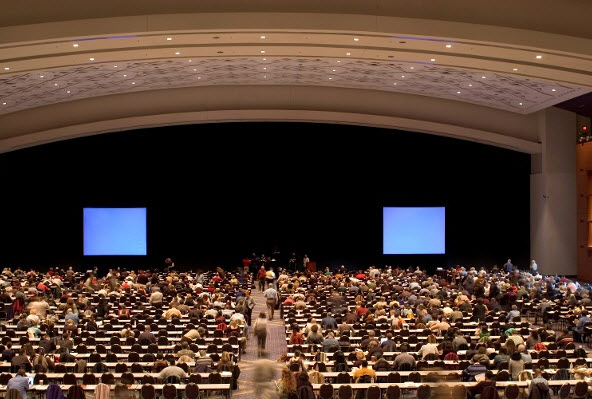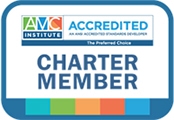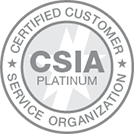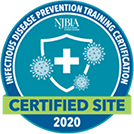If your post-event evaluation has been reduced to a to-do item on your tactical marketing plan, it may be time to revisit your survey strategy. Too often in the excitement (read: craziness) leading up to the event, the post-event survey is quickly copied from the previous year’s collector, with only a few minutes of thought given to what new information might influence the next year’s planning.
A post-event survey can tell you as much about your customer’s attitude toward future events as the one you just completed. It should tell you if new features and improvements succeeded or fell short. It will forecast when perennially popular speakers need to be rotated out of the faculty line-up. It may even indicate which features are time-worn or require a refresh.

To ensure you are extracting the most value from your post-event survey, keep these strategies in mind:
Short is sweet- Attention spans for surveys don’t really exceed five minutes and definitely not more than 10. Distill your survey to just the most important questions by eliminating a rehash of information previously collected during the registration process or in-session evaluations.
Mix up the questions- Most survey tools offer an array of question types. Incorporate different types of questions-multiple choice, ranking, rating, comment box- to make it interesting (and more engaging). Collect info on the good, and areas requiring improvement- Take care not to design your survey in a way that it only collects positive feedback that reflects well on the event. Ask what participants liked and which areas can be improved.
Offer an incentive- Most people will take a survey because they want their opinions to be heard. That said, the opportunity to win a gift card or be entered into a drawing to win a registration for next year is always welcome.
Acknowledge cranky feedback- Constructive criticism is often couched in angry words. If you notice that a respondent appears to have had a really bad experience, reach out to that customer by phone and try to get to the bottom of what made them so unhappy. You may not be able to solve the problem but your effort to hear feedback beyond the survey will be noted.
Ask for a rating- One of your last questions should be “On a scale of 1-10 with 10 being the best, how would you rate (the event).” An average of eight to nine is a terrific rating. Anything below six indicates you need to take a hard look at areas for improvement before the next event.

Finally, if you are going to ask the questions, respond to the feedback! As much as we’d like to make every aspect of the event absolutely perfect, that isn’t a realistic goal. Focus on the things you can fix through staffing, technology resources or advance communications. You’re not going to be able to control flight delays or the temperature in every nook and cranny of the convention center, but you may be able to increase staff resources at registration during busy times or add charging stations for energy-sucking apps. When you take those steps be sure to tell your audience, “We heard you!"
Accept the survey responses in the spirit in which they are given. When customers take the time to share their feedback, they care about the success of your event!




